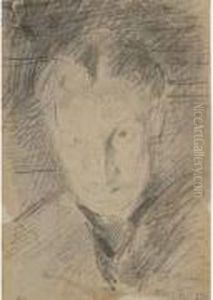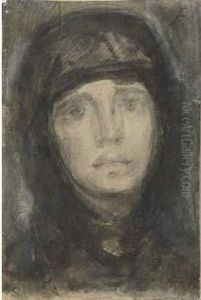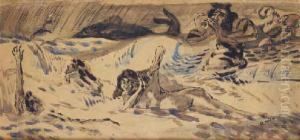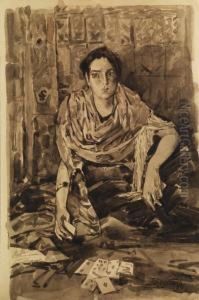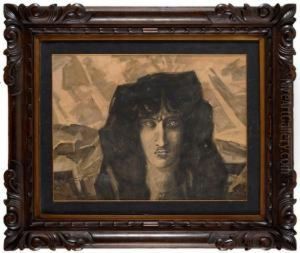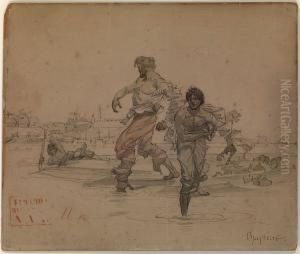Mikhail Alexandrov. Vrubel Paintings
Mikhail Alexandrovich Vrubel is considered one of the most prominent figures in the Russian symbolism and Art Nouveau movements. Born on March 17, 1856, in Omsk, Russia, into the family of a military lawyer, Vrubel would go on to study at the St. Petersburg Academy of Arts under Pavel Chistyakov, a noted art educator who emphasized a rigorous academic approach to art that was, at the time, heavily influenced by classical traditions.
Vrubel's early work was marked by a fascination with historical and fantasy themes, often inspired by works of literature and folklore. His style was characterized by its complex texture, rich color palette, and a distinctive use of line, which showed both classical influences and an affinity for the emerging Art Nouveau style. Vrubel's talent was recognized early, and he received commissions for a series of large-scale works, including murals for the Cathedral of St. Vladimir in Kiev and the interior decoration for the Metropol Hotel in Moscow.
However, Vrubel's art was not universally appreciated during his lifetime. His idiosyncratic style often met with criticism, and his dedication to his own aesthetic vision sometimes led to financial hardship. Despite this, he continued to produce works that pushed the boundaries of the art of his time, including his famous series of paintings based on the character of the Demon from Mikhail Lermontov's poem of the same name. This series exhibited Vrubel's ability to convey complex psychological states and his unique handling of color and form.
In the last decade of his life, Vrubel's mental health began to decline, which was exacerbated by the lukewarm reception of his art and financial difficulties. He spent his final years in and out of psychiatric hospitals. Despite these challenges, he continued to work when he could, producing some of his most powerful and evocative pieces during this period. Vrubel's influence on Russian art was not fully recognized until after his death on April 14, 1910, in St. Petersburg. Today, he is celebrated for his visionary approach and his contributions to the Russian Symbolist movement, and his works are held in high regard in Russian museums and collections worldwide.
